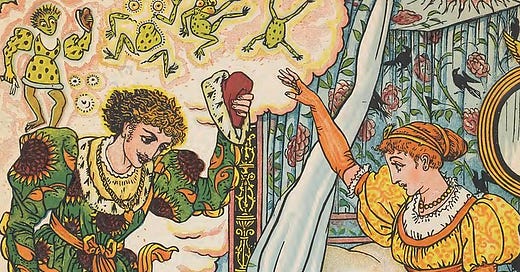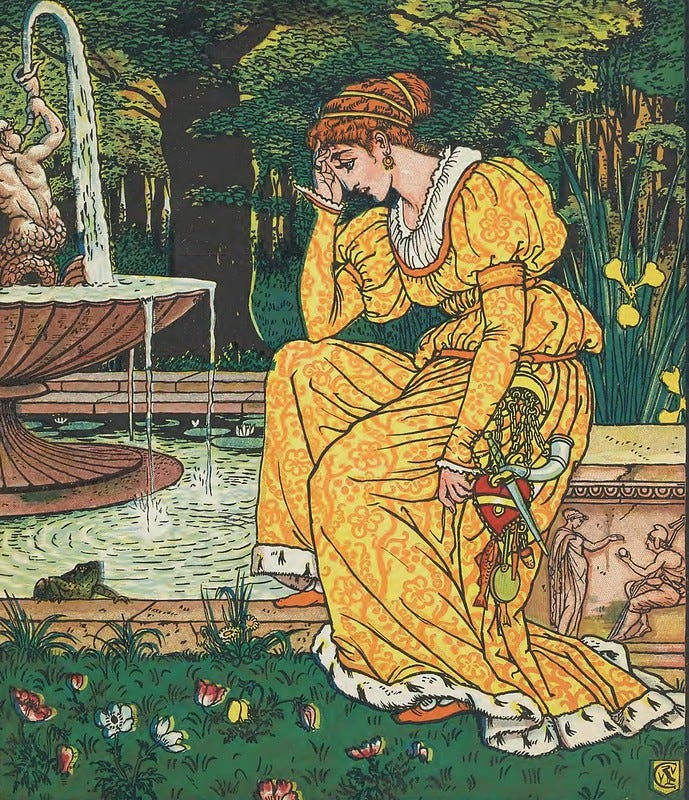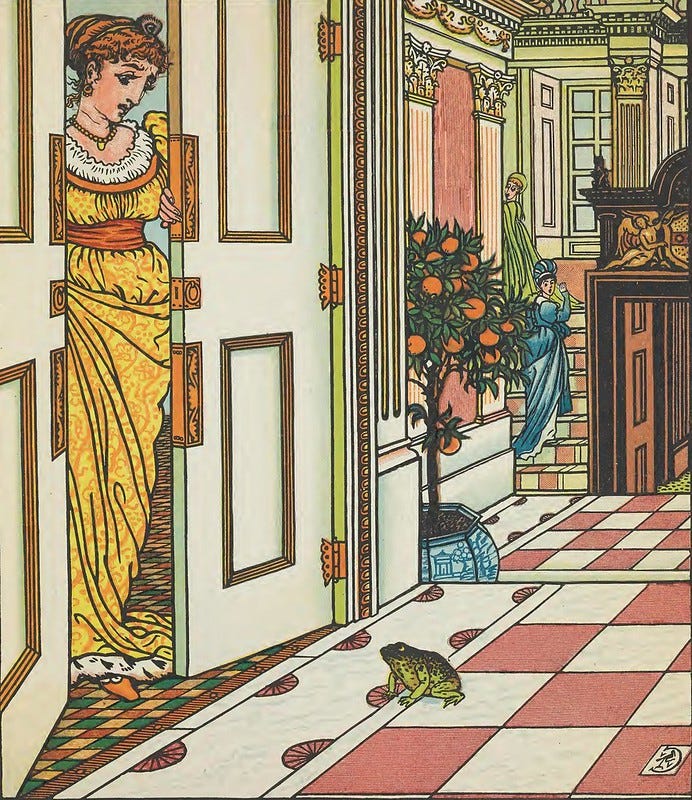How Dating Apps Warp Minds
How bad does the dating scene have to get before we admit there’s a problem?
Women have long criticized the juvenile excesses of pornography-addled men: it stunts emotional maturity, twists emotional attachments, and promotes a piggishness that is deeply unattractive to the fairer sex. No one, however, has noticed a different technology that’s similarly debasing women: dating applications.
But let’s start with men—and pornography. In nature, romantic relations with women require that men be productive and commit. Pornography allows men to cheat this process—to substitute the effort intimacy demands with cheap, lifeless images. Romance and sex require effort and they reward the brain with dopamine. A pornography-user tricks his brain to release dopamine independent of that effort. Habitual pornography users often become complacent with sexual failure because they don't feel like they’re failing; how could they be bad with the opposite sex, when they have so many memories of naked women?
The Frog Prince, from Walter Crane's Toy Books, published 1894. Public domain/Flickr.
At its core, pornography is self-deception about the woman’s person, the man’s prowess, and even the basics of reproductive success. It subconsciously teaches male users to think of themselves as studs that have their pick of beautiful women, but they aren't studs—they’re just watching pornography alone in their rooms. This misplaced confidence doesn’t stay alone in the bedroom, though, and when these malformed men re-enter reality they carry with them little inclination toward working for a woman’s interest. Because masculinity is no longer required for sexual stimulation, porn addicts often forget how to be truly masculine.
Women, for their part, want to be wanted by masculine men, and have traditionally put their beauty and intelligence toward this end. Dating apps, however, allow women to cheat the process—to substitute the difficult search for suitors with cheap, lifeless messages. The attention women receive on apps may release endorphins, but it isn’t real, because men don’t use apps like women do. Women swipe left (reject) the vast majority of men online, but watch a man use an app like Tinder and you’ll see him swipe right (make an offer) on most women. Men are offering non-committal sex only, swiping right on hundreds of women they’d never approach or commit to in real life. On the transaction’s other end, repeatedly rejecting men on apps feels powerful to some women—but often, the men weren’t really asking.
The Frog Prince, from Walter Crane's Toy Books, published 1894. Public domain/Flickr.
This means when a woman browses her matches, she’s mainly entertaining offers of casual intimacy, spread indiscriminately among other women. The app user tricks herself into feeling wanted independent of true male interest. Because of this, many habitual dating app users become complacent with failure to secure male commitment, because they don’t feel like they’re failing: how could they be bad with the opposite sex when they’re receiving so much attention?
Dating apps subconsciously teach female users to think of themselves as the belle of the ball, but they can’t all be that—they’re just swiping on apps. Nonetheless, women who feel showered with male attention have little reason to work to attract more. Female dating app users are increasingly forgetting how to secure real commitment, because that work is no longer required to induce offers from men.
In men’s popular culture, there’s growing recognition of women who mistreat men after growing persnickety sifting through men on apps. Sisters to pornography’s boorish pig men, these app-addled women’s immaturity is unattractive to men seeking marriage partners. These dual archetypes of delinquency are becoming more pronounced in conversations about dating, particularly on social media. As bad behavior becomes the rule in dating, both sexes start to confirm their worst fears about the other. “Men (Women) just want to use me for sex (attention) and don't care what I want.”
Both pornography and dating apps alike tempt users to ignore other’s desires, thus missing true fulfillment and happiness. And since these two deceivers feed off each other, we can expect the understanding-gap between men and women to degrade still further: When both men and women have deluded themselves into believing their casual interactions are real courtship or real romance, neither searches as hard to meet the real wants of actual partners.
The Frog Prince, from Walter Crane's Toy Books, published 1894. Public domain/Flickr.
Men withdraw from the dating market when the prospect of earning real women’s affections is unattractive relative to porn’s cheap fantasy. Women withdraw when the prospect of being wooed by real men is unattractive relative to the cheap fantasy attention they receive on dating apps. As women increasingly choose their cheap option, men are more likely to choose their cheap option. When the men go cheap, the women go cheaper still. Genuine relations between men and women fall as this process reinforces itself.
For years already, surveys have tracked a decline in young people having sex. How bad does the dating scene have to get before we admit there’s a problem? There’s nothing in sight to stop this feedback loop. Far from it: if there is a limit to how mean-spirited our modern dating can become, we don’t appear to have reached it yet. Dating applications are proving just as corrosive to women as pornography is to men. These products harm users and the public. We should treat them with the scorn and suspicion they deserve.







